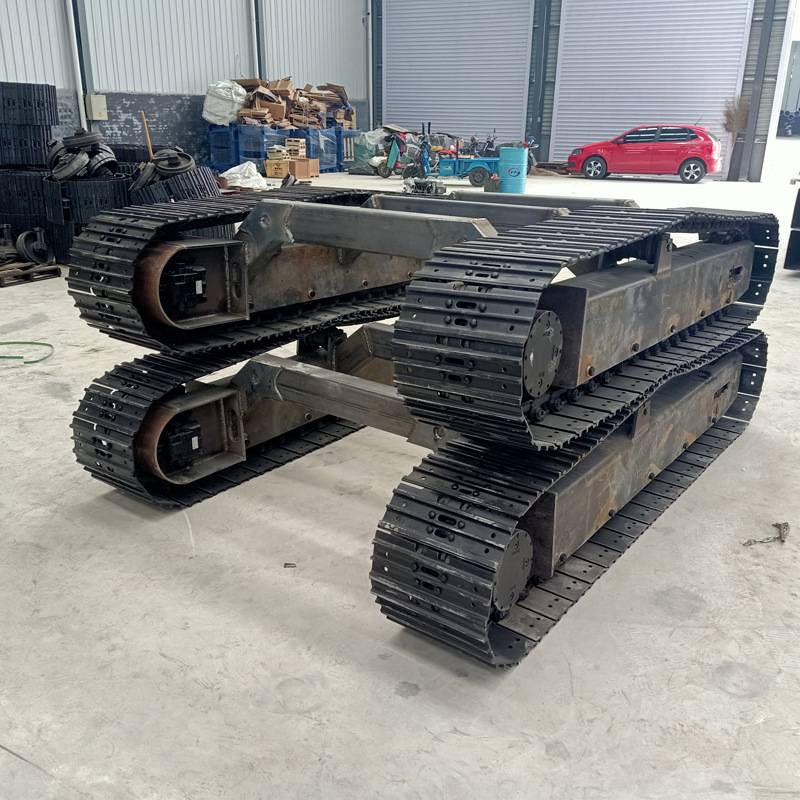

now:主页 > Enterprise Dynamic > Company News >
time:2024-11-17 10:46 次
As an important mechanical component in manufacturing industry, chain is widely used in various equipment and systems, such as lifting equipment, conveyors and various industrial machinery. Its performance directly affects the operation efficiency and security of the whole system. Therefore, it is particularly important to carry out strict quality control and inspection on the chain and its manufacturing process.
I. Types and Application Fields of Chains
According to different uses, chains can be divided into many types, including but not limited to:
Transmission chain: used to transmit power, commonly used in bicycles and motorcycles.
Conveyor chain: It is suitable for continuous production line in material handling industry, such as food processing and chemical production.
Lifting chain: specially designed for lifting heavy objects, widely used in construction sites, dock loading and unloading and other fields.
Safety chain: it is mainly used to prevent articles from accidentally falling off, such as connectors on vehicle towing devices.
Each type of chain has its specific design requirements and technical indicators, which need to be accurately realized in the manufacturing process.
Second, the manufacturing process
1. Selection of raw materials: High-quality materials are the basis for ensuring product quality. Commonly used materials are carbon steel, alloy steel, etc., which need to undergo strict chemical composition analysis to ensure compliance with standards.
2. Heat treatment: improve the mechanical properties of metal materials by quenching and tempering, and improve the strength and wear resistance of the chain.
3. Forming processing: the steel is made into the required link shape by stamping, die forging and other methods.
4. Assembly welding: connect individual links in a predetermined way to form a complete chain, and adopt advanced welding technology to ensure that there are no defects at the joints.
5. Surface treatment: In order to enhance the corrosion resistance and aesthetics, the finished chain is usually subjected to surface treatment processes such as zinc plating and painting.
III. Quality Inspection and Testing
1. Detection of dimensional accuracy: use precision measuring tools to check whether the dimensions of each link node are up to standard.
2. Mechanical performance test: simulate the tensile and fatigue test items under actual working conditions, and verify whether the chain can bear the expected load without breaking or deformation.
3. Appearance quality evaluation: visually inspect the product for cracks, burrs and other problems to ensure smooth and clean surface.
4. Environmental adaptability investigation: A series of environmental adaptability experiments, such as salt spray corrosion and high temperature aging, are needed for chains used in special environments (such as marine engineering).
In short, in the process of chain production and inspection, every step is very important. Only by strictly controlling each link can we finally produce high-quality products and protect the safety and interests of users. With the progress and development of science and technology, the technical requirements for chain manufacturing will be higher and higher in the future, which will also promote related enterprises to continuously optimize their production processes and enhance their core competitiveness.